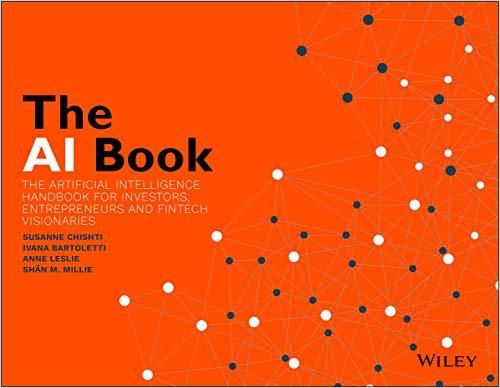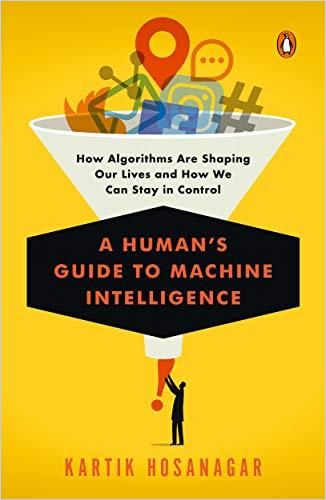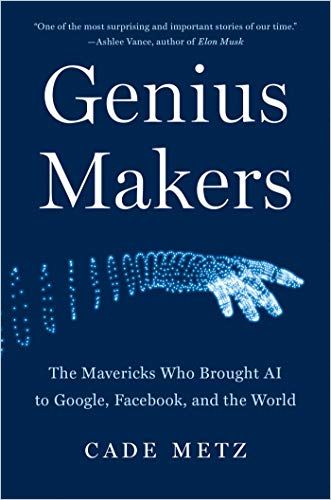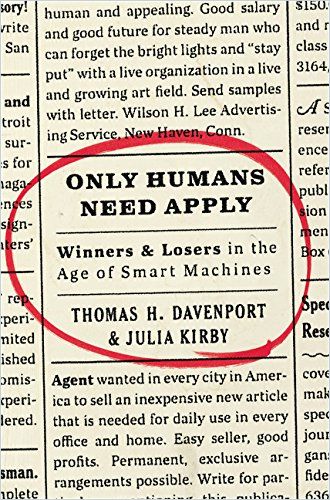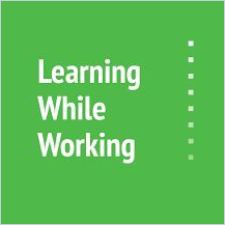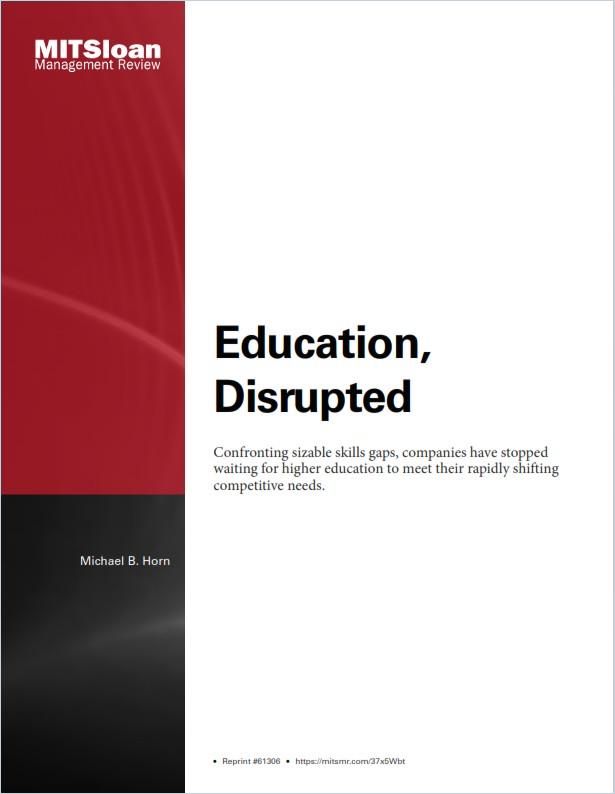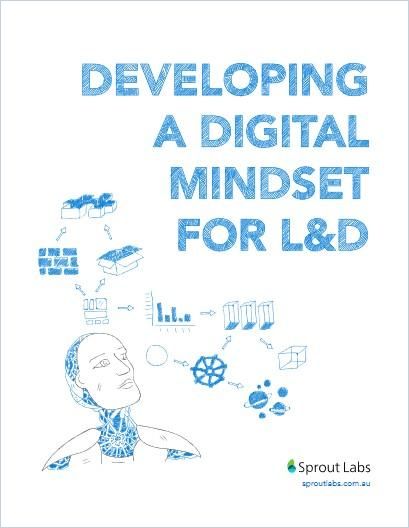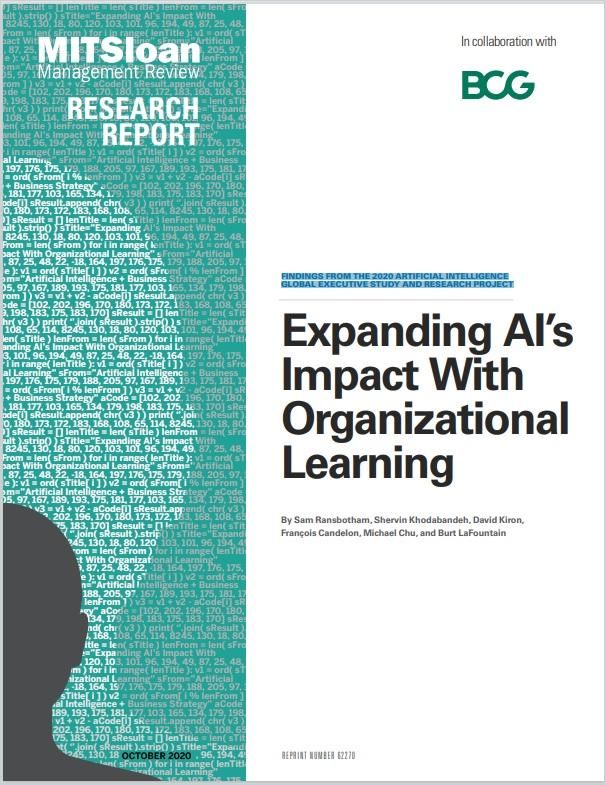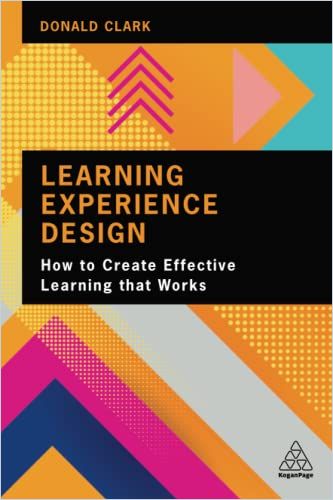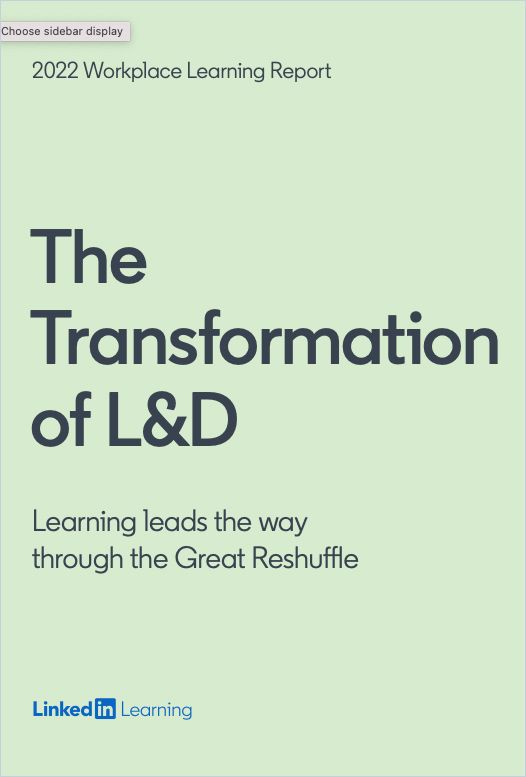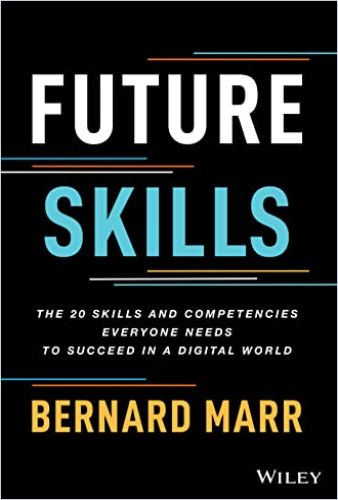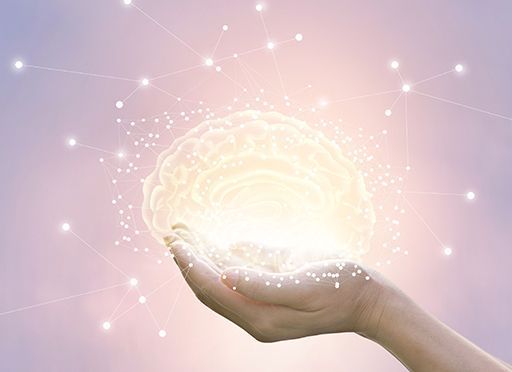Top 5 AI Reads for L&D

While your colleagues are still sharing their first ChatGPT experiences, you want to know more: How will AI change the future of work? How will organizations learn tomorrow? What questions do you ask chatbots to get something clever out of them? What social skills are becoming crucial now? And how do you lay the groundwork for an AI-compatible skills inventory? Here are a few answers.
Understanding AI
There is not just one AI, and there is not just one breakthrough use of it. There are hundreds, and there are devaluation thousands. The following three summaries are suitable for understanding the basics of AI and machine learning. They provide insights into how it works and the potential to change the way L&D works fundamentally.
Of course, you should read more than the three summaries. Our Educate Yourself initiative has rounded up 27 more summaries (and further reading resources) to get you and your colleagues up to speed. How about a reading circle on the topic?
ChatGPT & AI-Powered Chatbots
Okay, everyone’s talking about it, and you want to have a say, too – we figured as much. Here is our elevator pitch on chances and dangers of the new technology:
- OpenAI created technology that harnesses AI to write original prose.
- Applying large language models (LLMs) in the real world could be massive, threatening even “elite” professions.
- Silicon Valley entrepreneurs envision OpenAI as an “extension of human wills” and not used for profit.
- Deep-learning systems sometimes operate in uncanny, unpredictable ways, which may indicate emergence.
- Artificial General Intelligence (AGI) will have deep flaws and contradictions if it resembles human society.
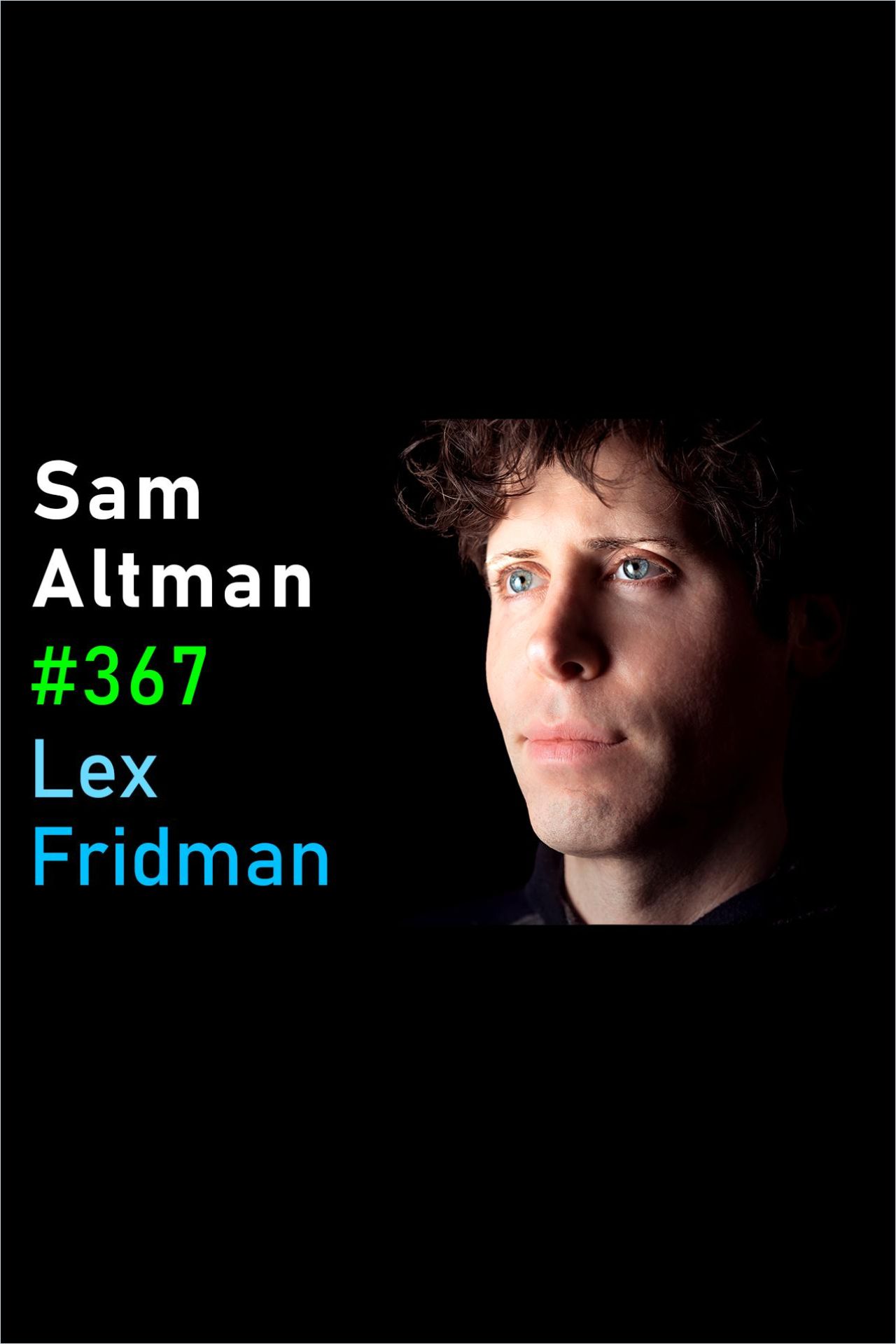
Nevertheless, we recommend: Try ChatGPT yourself! It’s worth it:
- If you are looking for quickly available and digestible answers on specific topics without spending too much time on validation and research.
- If you want to flesh out simple text bits for a specific audience (ask the bot explicitly for this and mention the target audience).
- If you want to translate texts (also code or Excel formulas) or add missing thematic blocks in them.
- If you want to turn one form of text into another or condense it.
- If you want to exchange ideas or test them and have no knowledgeable audience to do so (think of knowledge gaps in teams). Here are some external ideas for Marketing research, Product Design and Content Production, for example.
- Of course, you can also use it to create music, paint pictures, craft a cover letter, get relationship advice, or have conversations with the bot shrink. Learn more here.
At first glance, ChatGPT and other AI-powered chatbots look like the tool the whole world has been waiting for: smart, fast, useful for everything.
But to be on the safe side:
Think about (current) chatbots the same way you think about submitted application portfolios or overconfident candidates in fancy clothes and freshly coiffed hair showing up for a job interview: skeptical.
After all, it is only when they are used and tested that it becomes clear, here as well as there, whether the confidence they project and their supposed know-how correspond to the facts. As in a job interview, you should look closely at a task request and the bot’s output. Strictly speaking, this already starts with your request (think: job description):
- To conduct a job interview, you prepare the right questions to ask the candidate, right? You should do the same before asking the bot: Know which questions to ask and how to ask them to get something valuable in return because the quality of the outputs depends on it dramatically. The more specific the questions, the better the answers.
- You don’t share sensitive information with job applicants, do you? The same goes for the bot: When you ask ChatGPT, don’t disclose personal or organizational information – the Large Language Model (and its supervisors) are reading along.
- When applicants submit their application portfolio, you check it for authenticity and possible gaps and errors if you’re interested. Do the same with the answers of ChatGPT: Currently, there are considerable reservations about the (commercial) use of the hype tool because copyright and factual questions are waiting to be answered (by real people, mostly lawyers). Many large companies (such as Goldman Sachs, Bank of America and others) banned using ChatGPT and other AI chatbots in their organizations.
- Remember the job applicant who memorized his answer blocks to specific standard questions and more or less monotonously reeled them off when you asked them? Chatbots do the same thing: Be aware that ChatGPT will always only guess the following word in its responses (based on statistical probabilities and keywords in your questions) and that all chatbots “hallucinate” sometimes. So you should review all answers before releasing or building decisions on them.
- When selecting new hires, you ensure the potential employee’s ethics fit your company, right? You should do the same with ChatGPT: The training data of ChatGPT is based on human disputes – from books, papers, blog posts, and articles (we don’t even know the exact source base) – with a subject. So this data set is as packed with biases, ethical mistakes and misinformation as the disputes are.
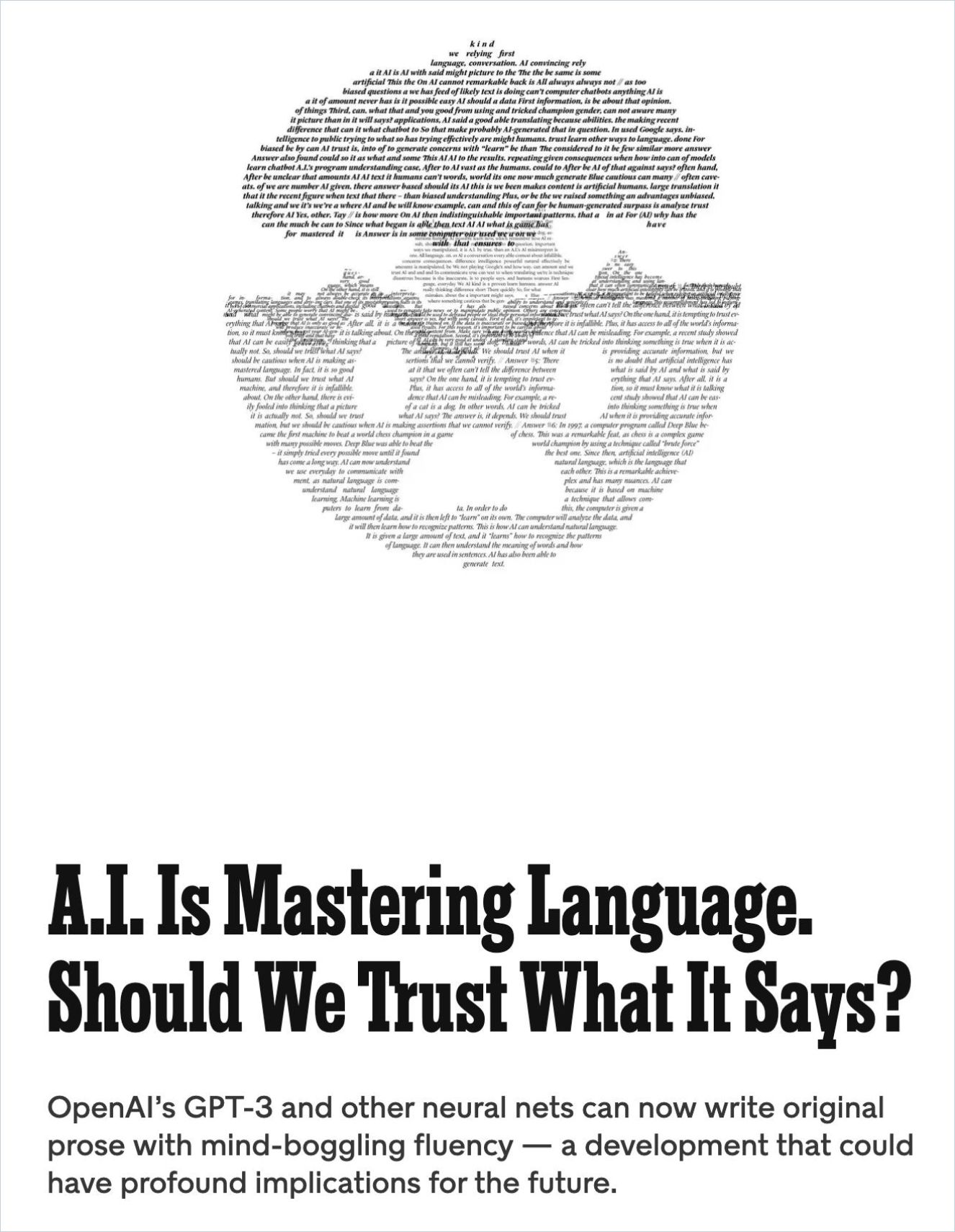
A.I. Is Mastering Language. Should We Trust What It Says?
New York Times MagazineThere are plenty of alternatives for ChatGPT using different LLMs and tackling some of its downsides: You.com’s Youchat, for example, reveals its sources. Writesonic’s Chatsonic uses GPT, too, but it is up-to-date because it has web access and gets information from Google’s Knowledge Graph. The Big Five will all come to market with their models of such chatbots, so we look forward to Google’s Bard and others.
Read more about current and next-gen chatbots:
A Tipping Point for L&D Initiatives
The speed at which AI-powered chatbots like ChatGPT are currently plowing up the landscape alone should make any L&D department’s job more critical regarding focusing on the importance of an ever-learning workforce.
As CEOs around the world have discovered that they no longer only lack the knowledge to digitally transform their company but until now had virtually no idea what AI could do, this is a tipping point moment for L&D managers. It’s their task to point out that it’s not just the C-level struggling here – it’s the entire company.
Those who do not focus on further development and learning will never be able to use (let alone: productively use or even further develop) all the tools stated above. Brandon Carson’s Playbook for the Digital Age can help with these conversations and its likely transformational output.
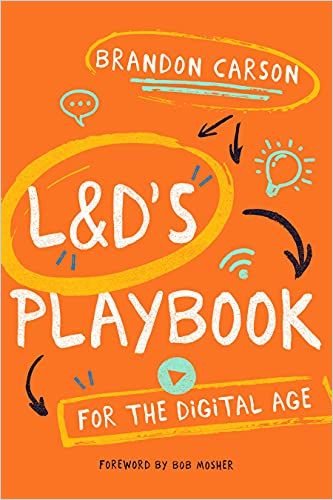
Here are the Take-Aways:
- Technological convergence requires rethinking L&D.
- Rapid urbanization and technological advancements are driving business change.
- Integrate L&D into your strategic plan.
- Empower your workers to take responsibility and work collaboratively.
- You must reskill your workers en masse to avoid an existential business crisis.
- Create a learning strategy that fully embraces the digital age.
- Rethink what it means to be an employee.
- Prepare for an unpredictable future with a pliable L&D strategy.
So a big part of the job for L&D departments is to establish a learning culture that allows employees to develop themselves and the company. Without this learning culture, it becomes impossible to keep up with technological progress.
Having said all the above, you should ensure your organization’s leadership level avoids these mistakes when implementing AI and AI-powered bots into workflows.
Read more about L&D’s AI perspectives:
Impacts on Learning
When it comes to superficial knowledge that is in demand, ChatGPT helps easily and quickly. However, in the field of learning, this is precisely the most significant disadvantage of the bot: science and studies repeatedly prove that profound learning requires hurdles that a learner has to overcome to transform information into actionable understanding by using higher thinking skills. Currently, ChatGPT and other AI-assisted bots may offer many hurdles (see above). Still, in terms of informal or self-directed learning, they are the wrong ones.
In “durable” bottom-up learning – think training, workshops, courses, curated reading lists or even Wikipedia research – learners develop a solid understanding en passant: They first learn to understand the basics and then work their way more profoundly into a topic. With ChatGPT’s responses, regularly, it’s the other way around: For a learner, the essential connections of the topic they want to educate themselves on likely remain unclear, and the hierarchies of bot-presented knowledge do seldom open up logically.
Considering that, to the learner, it’s as well unknown whether the bot offers trustworthy knowledge, assumptions, or even opinions (ChatGPT was repeatedly accused of having a political spin, for example) doesn’t make the processing any easier.
To reach their goal, learners have to ask the bot precise follow-up questions. But that is difficult or even impossible if they are not already somewhat familiar with a topic.
So, with ChatGPT, the conventional research and knowledge acquisition process turn around to a significant extent: Learners might easily get tangled in the “blurriness” (as The New Yorker called it recently) of its answers because they have to check and review top down, making it more challenging (and time-consuming) to convert knowledge into understanding. Yet, understanding is the key to using knowledge productively, and frequent usage makes knowledge stick even more. That is why people learning new things with ChatGPT (without particular guidance) report forgetting the presented quite fast.
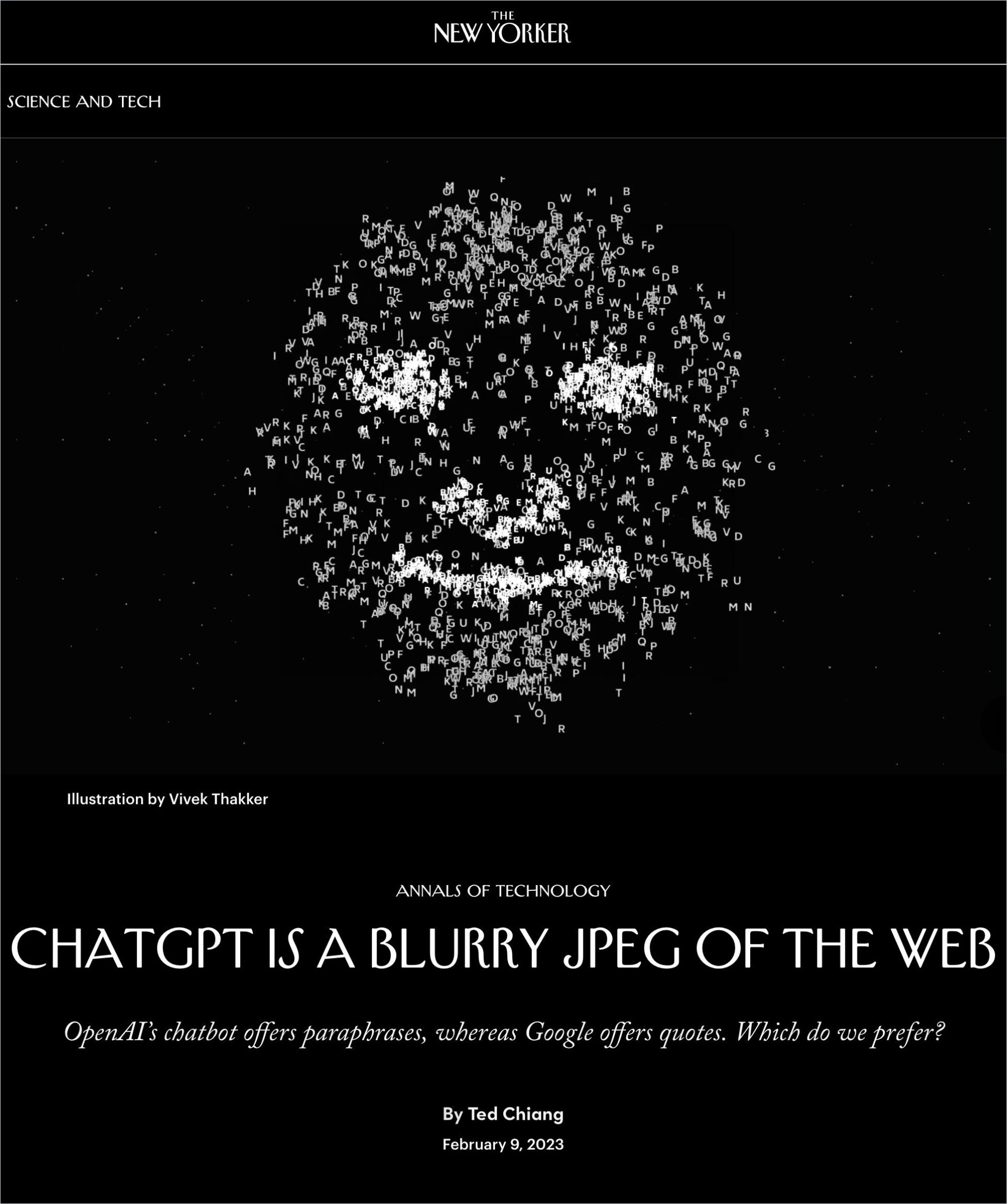
It is, therefore, essential for L&D departments to educate employees about ChatGPT as a research or learning tool. It looks easy to use, and its answers sound confident. But that doesn’t mean you have to do less research and fact-checking – on the contrary. To relieve your workforce of most of this work, consider using LLMs and chatbots primarily where they make sense in the content creation (editing) or alignment (restructuring) process.
Your goal is to provide learners with a clear, tried and tested learning path empowering their curiosity. AI-powered chatbots can help with this, but they aren’t tools to leave learners on their own with.
Find more advice on organizational learning strategies, microlearning and deep learning:
Use Cases & Practices
When it comes to the specific use of AI tools in L&D, here’s more advice from getAbstract’s library by topic:
- First, understand that the automation of tasks is now a challenge for all job profiles, from menial work to “knowledge work.” To keep pace with machines, encourage people to “step in.” Here’s an external elevator pitch to the concept.
- Here’s a team of experts from BCG and MIT Sloan Management Review describing what leading companies are doing to reap the potential benefits of AI.
- Here are some tried and tested ideas to help L&D professionals transform their learning offers digitally.
- The internet and widespread use of AI transform how people learn, but learning remains an “effortful” experience. Here is what to consider to deliver high-impact experiences and good retention.
- Learn more about the skills of tomorrow in Future Skills by Bernard Marr, or at least read our interview with him.
- Here is why developing solid soft skills is even more urgent in an AI-powered workplace.
- And here is a Journal playbook helping you set up an internal skills inventory to prep your organization for the next level of AI-powered skills management systems and marketplaces.
- Find out how digital transformation in education creates additional alternatives for talent development.
- Learn how to tackle real-world problems with chatbot technology (be it AI-powered or not).
Learn more about related topics in our Journal articles and expert interviews:
